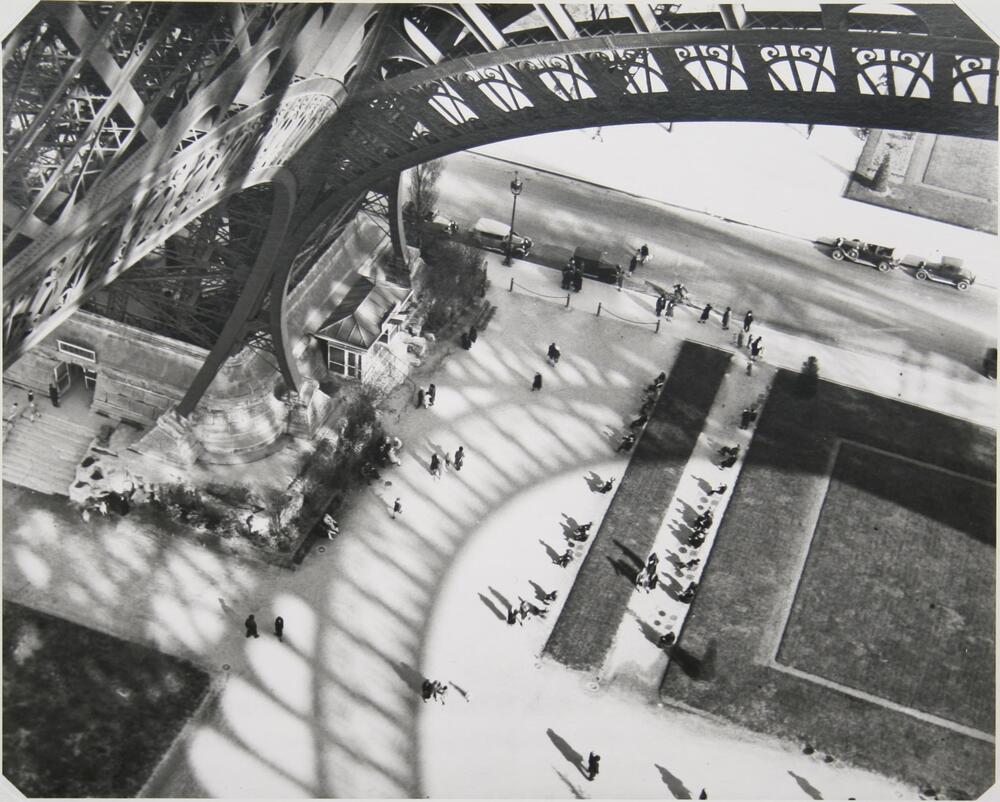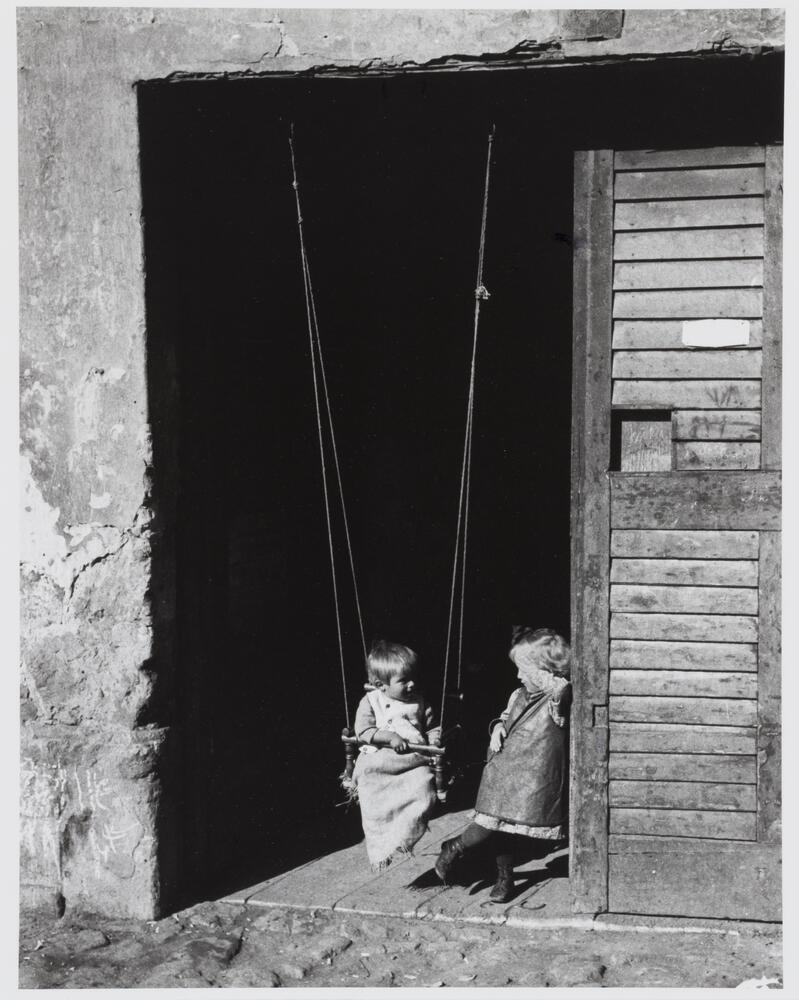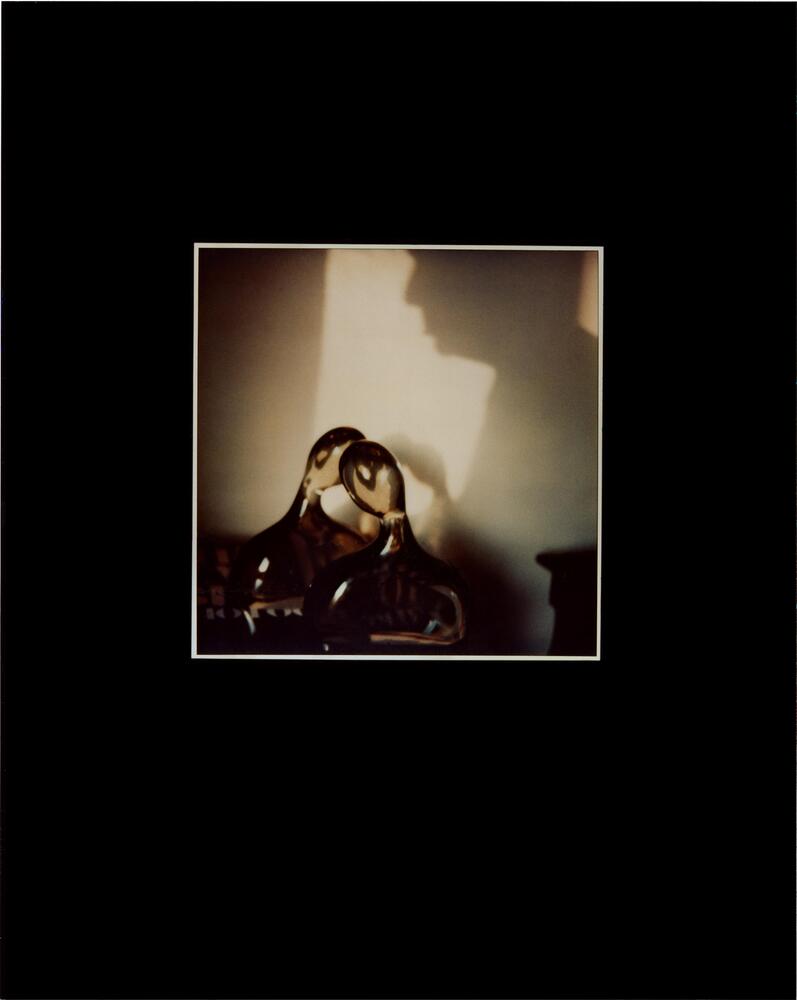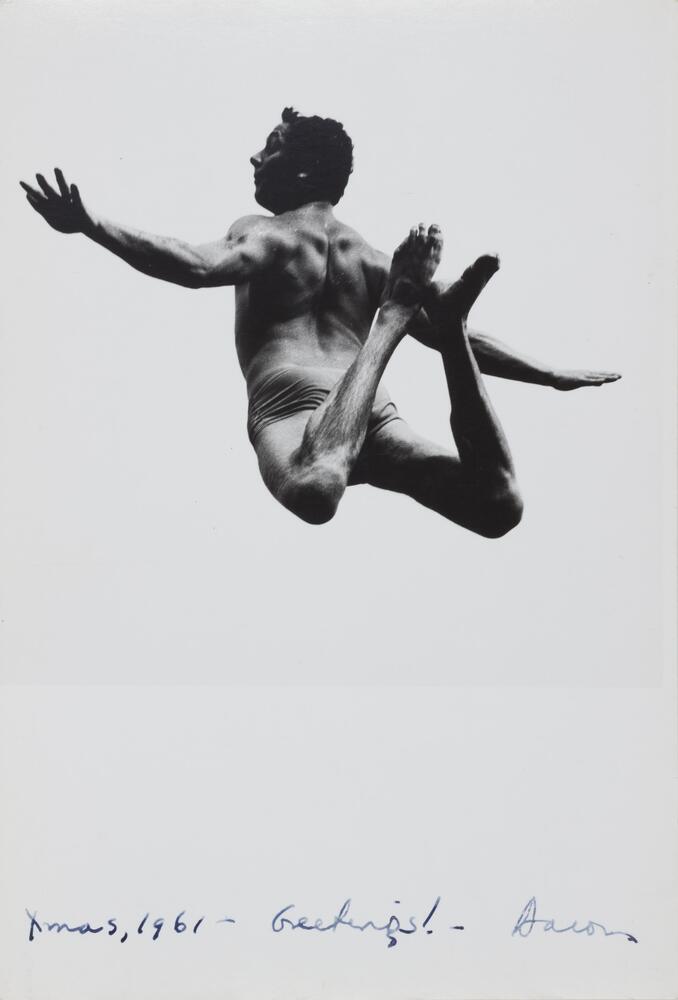Shadows as Subjects
by Russell Jacobs
Leonard Freed was a first-generation Jewish American born in Brooklyn in 1929. Freed gained notoriety while in Europe to document the construction of the Berlin Wall, revealing how America’s racist policy-making manifested abroad; he published Black in White America in 1968.
He clandestinely takes this photograph of a woman on the sidewalk directly from behind, aiming his camera downward at her legs. His camera invades her space; asserts the power of the male gaze by capturing her in perpetuity. Freed’s own shadow enters the frame, emphasizing the image’s exploitative nature as he closes the proximity between himself and the woman. Although his shadow enters her periphery, the woman does not notice his presence, which validates his covert perspective. By sitting at the bottom of the composition, Freed’s shadow becomes a stand-in for the viewer, who thus assumes an ominous point of view that is like the photographer’s.
Budapest-born photographer André Kertész began a career in photojournalism when he moved in 1925 to Paris. There, he photographed the city’ industrial character, balancing form to create artistic compositions.
Rather than take a recognizable photo of the Eiffel Tower standing amongst the Parisian skyline, Kertész ascends the structure to capture it from the first level. Aiming his camera downward, Kertész takes an aerial, distant perspective of the figures walking throughout the city, yet the Tower’s shadow looms over them. Kertész makes the shadow the dominating subject, emphasizing its shape in relation to the architectural details of the steel, latticework girders. Drawing our attention to the interaction of pure form and shadow, Kertész renders the industrial icon a defining feature of the city’s transition toward modernity.
Kertész captures two young girls, one sitting on a swing and the other leaning against a door, in the middle of a large, backlit archway. Kertész’s use of front lighting creates a dramatic shadow that frames the girls and dominates the composition. Kertesz creates an eerie effect, which juxtaposes against the innocence of the young toddlers. The shadow makes one think that the two girls should not be left unattended, vulnerable to the sense of infinite depth that Kertesz creates by giving no glimpse into what possible dangers lie beyond the swing and in the shadow’s depths.
Kertész fabricates the composition of Two Statues’ Shadows by placing in front of his own shadow two glass figurines engaged in an embrace. Taken in the apartment he shared with his late wife, Rebecca, the figurines become stand-ins for the two of them. By inserting his own shadow into the composition, Kertész attempts to create a dialogue between his present self and his past memories of he and his wife. However, the juxtaposition between the evenly paired figurines and his lone shadow creates a sense of imbalance. The inanimate objects acknowledge one another, while his own self fails to enter this dialogue, prolonging Kertész’s mourning process.
Aaron Siskind began a career in documentary photography in the 1930s, joining New York Photo League, dedicating himself to effecting social reform by taking pictures. His later works in the 1940s and early 1950s leaned toward abstraction, helping to develop the American avant-garde movement. This approach is reflected in Siskind’s photographic series of people diving nude into Lake Michigan. It becomes a study of abstract form as the photographer dramatically crops his prints to isolate the bodies of the divers to the edges of his composition, turning them into pure shadows. By shooting in direct sunlight, Siskind emphasizes the shadows that form along the contours of his subject’s body, juxtaposing them against the white sky––he creates the effect that his subject is flying. Siskind abstracts the figure so well, making the shadow a subject in and of itself in the same way Kertész does with the Eiffel Tower; the shadow detracts from the viewer’s ability to identify the individual jumping into the abyss.
3 Comments
— by Tanya Alexandra Silverman (December 5 2022 @ 10:20 am)
— by Benjamin Alexander Lindy (December 8 2022 @ 12:14 pm)
— by Charles Henry Gertner (December 13 2022 @ 9:46 pm)
0 Tags & 0 Keywords
Tags
Created For
K-12 EducatorK-12 Student
Museum Visitor
UMMA Docent
UMMA Staff
University Faculty
University Student
Rate this Resource
AVG: 0 | Ratings: 0
& Author Notes
All Rights ReservedLast Updated
November 28, 2022 9:38 a.m.Report
Reporting Policy





